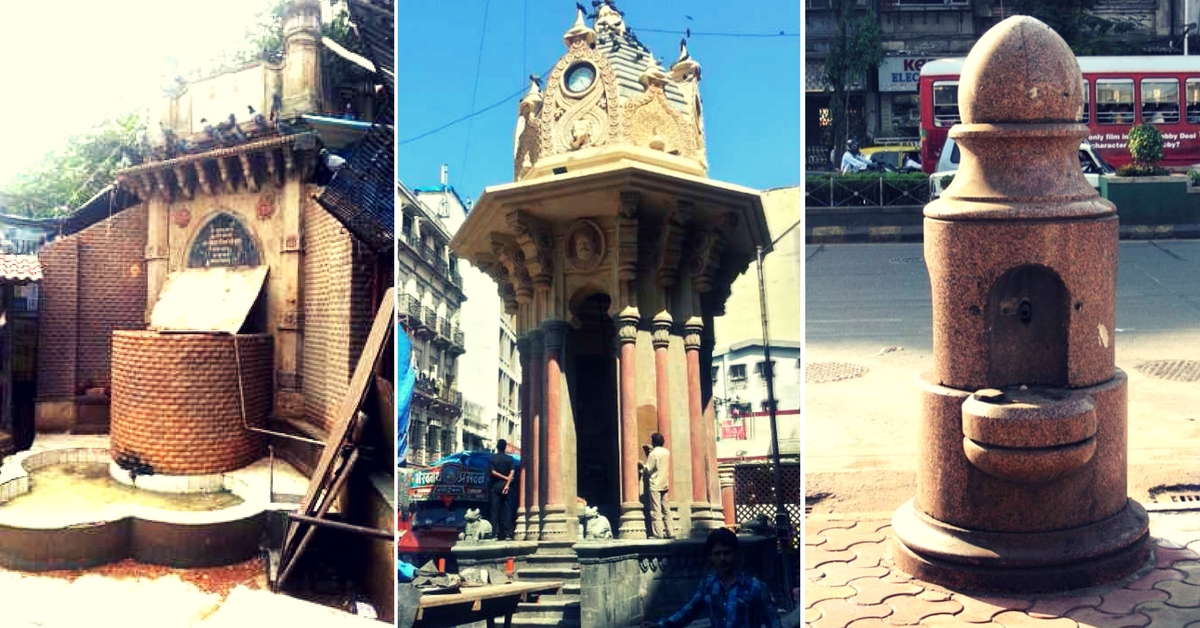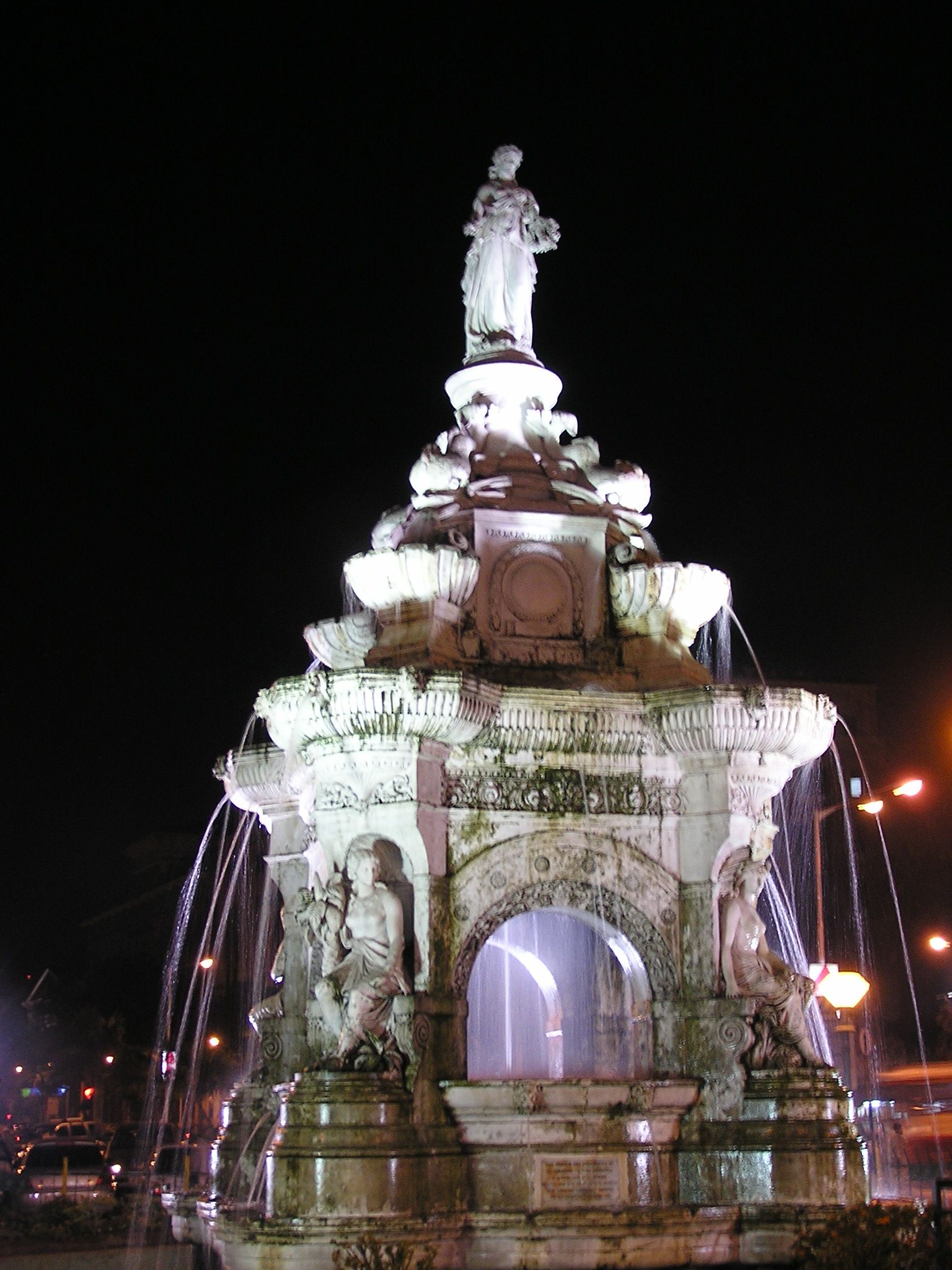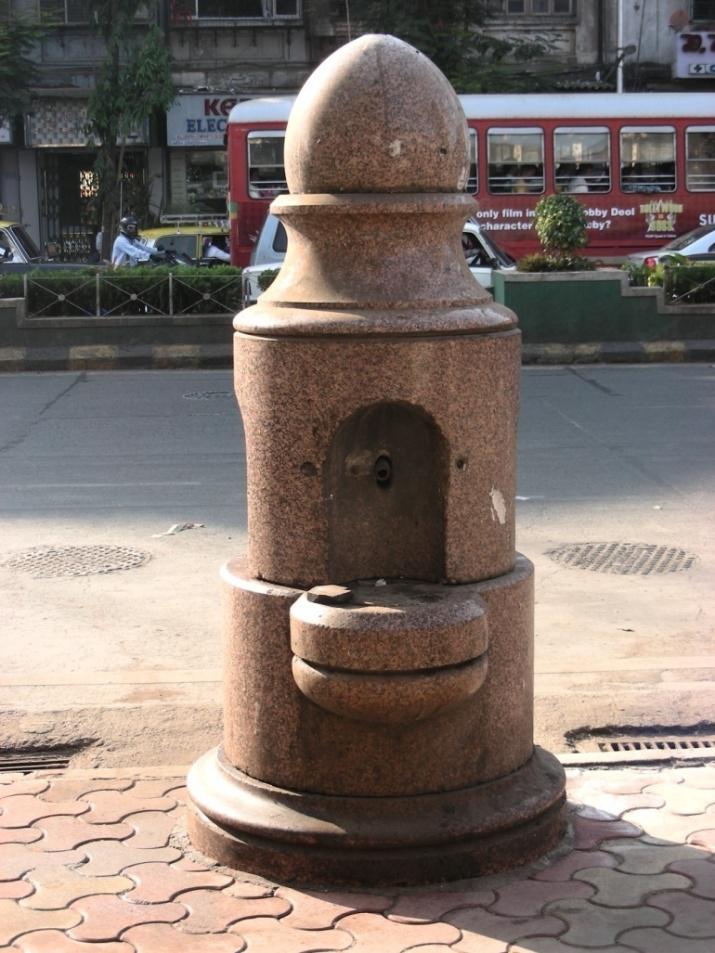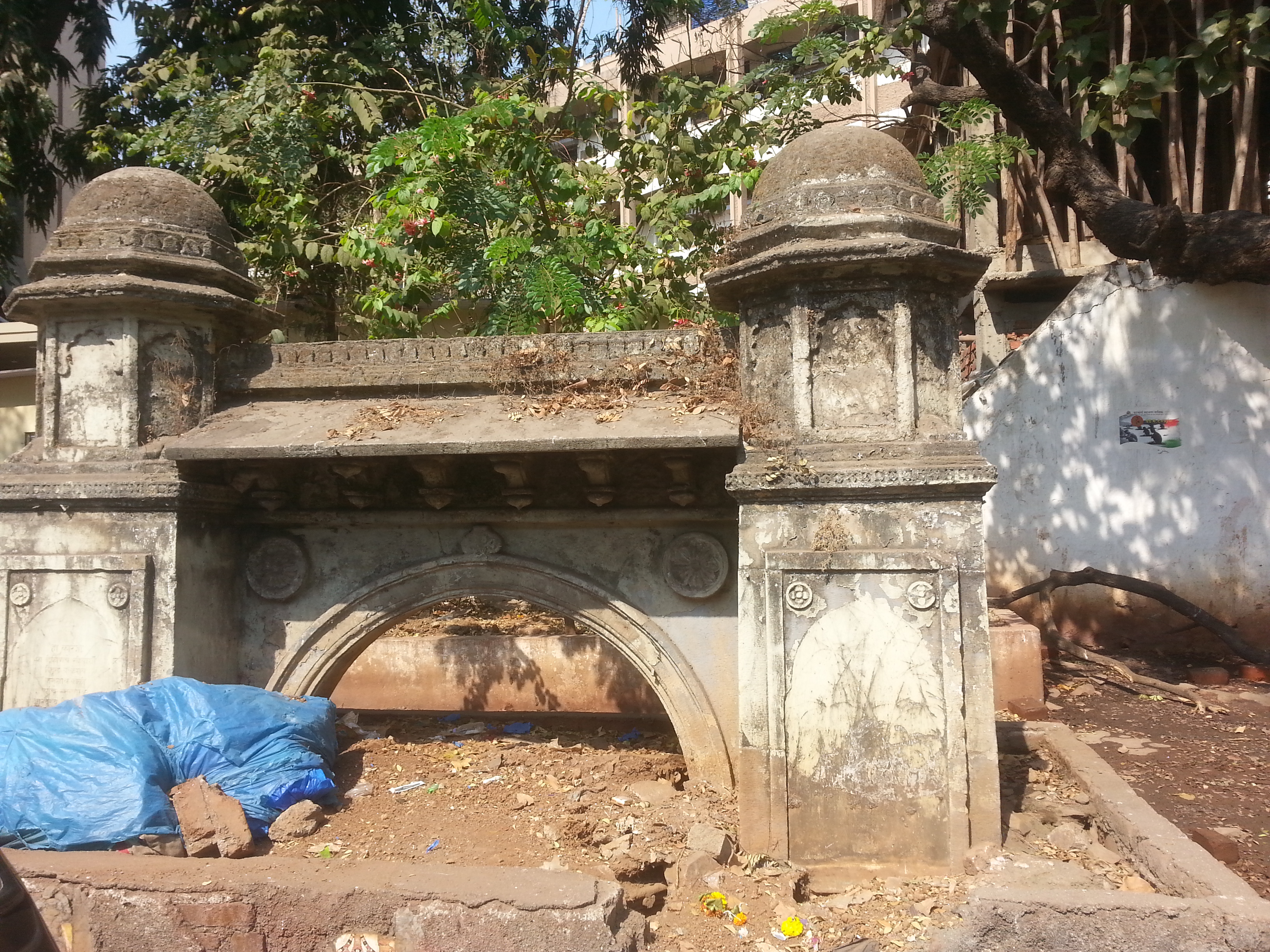In Pics: Mumbai’s Beautiful and Ancient Fountains Are Getting a New Life!
Ancient Mumbai’s historic architectural genius also reflects in more than 30 pyaus across the city which are fragments of history of a city that never sleeps.

The concept of ‘water charity,’ has been a longstanding tradition in India. In the olden days, it was a common sight to see a foot traveler on the streets of South Mumbai, stop by a local water fountain, have a refreshing drink of water, rest a bit to soothe his tired muscles and move onward.
Indeed Hutatma Chowk (Martyr’s Square), has one of the finest examples of these heritage ornamental fountains – the Flora Fountain, built as early as 1864.

This sort of historic architectural genius also reflects in more than 30 pyaus (drinking water fountains) across the city – documented by the Municipal Corporation.
With profound iconography and free flowing designs, these early 20th century structures are fragments of history from a lost time.
The last few years have seen these fountains lose their identity owing to negligence, lack of maintenance and developmental advances.
A classic example of this is the demolition of the Bharat Mata Pyau on 12th December 2010, for to a road widening project.
Rahul Chemburkar, a city-based conservation architect, is dedicated to the cause of saving these historic pyaus. Jokingly referred to by his friends as the ‘Pyauist,’ his firm – Vaastu Vidhaan Projects– specializes in heritage conservation.
Rahul’s interest in Pyaus began in 2009, when he was commissioned by the Municipal Corporation to work on a pyau. A native of Chembur in Mumbai (therefore the surname is Chemburkar), the dysfunctional pyaus in the 70s piqued his curiosity as a child. He revisited these as part of his research.
“I came across a documentation by Dr Varsha Shirgaonkar which included most drinking and pleasure fountains in the city. These structures may not be as elaborate as Mumbai’s other heritage sites like VT or Gateway, but reflected and resonated the Indian culture of water charity, which was a confluence of two important factors: the memory in which they were built and its public utility as a water dispensing unit,” says Rahul.
You may have walked past these pyaus, but we bet you wouldn’t know the unique historical narrative behind them:
1. Kesowwji Naik Fountain and Clock Tower, Bhaat Bazar, Masjid Bunder

2. Sir Cowasji Jehangir Fountain, Kala Chowki

Read more: 10 Forgotten Women Warriors of India!
3. Devidas Prabhudas Kothari Pyau and Kabutarkhana

3. Anand Vitthal Koli Pyau, Prabhadevi

The Anand Vitthal Koli Pyau was built at Prabhadevi by Shri Anand Vitthal Koli in 1929 in the memory of his father Vitthal Koli and uncle Keshav.
Outside Zandu Pharmaceuticals at Dadar’s Gokhale Road, this pyau has a natural Kurla stone finish. Its placement is considered strategic as it stood close to the textile mills like Jupiter, Shriram Stanrose to provide drinking water to mill workers back in the 90s.
It also served the devotees of the nearby Siddhivinayak and Prabhadevi temples.
4. Mancooverbai Ranadas, Horniman Circle

You may also like: In Pics: See Chennai’s Fishing Community Like Never Before
Why should we restore pyaus?
“The city may go on, but when a pyau is lost, it will never be able to bring back its lost history. These water fountains that start from Flora Fountain increase in numbers when one travels north up till King Circle. Documenting and preserving them could help us create a pyau circuit in the city,” says Rahul.
The restoration of any pyau based on several factors like age, architecture, cost, water engineering, tenders, — takes between 6 to 9 months. The central challenge is the maintenance after restoration.

“Built in the late 19th and early 20th century with large budgets of Rs 5,000-20,000, these pyaus were designed by the natives of the city for the natives. We are the custodians who have to restore and maintain to the gifts of our ancestors,” he says.
The hope to restore and revive these pyaus and return them to the city with their glory is a long way. But this is definitely the beginning!
Connect to The Mumbai Pyaav Project here.
Like this story? Or have something to share?
Write to us: [email protected]
Connect with us on Facebook and Twitter.
NEW: Click here to get positive news on WhatsApp!
If you found our stories insightful, informative, or even just enjoyable, we invite you to consider making a voluntary payment to support the work we do at The Better India. Your contribution helps us continue producing quality content that educates, inspires, and drives positive change.
Choose one of the payment options below for your contribution-
By paying for the stories you value, you directly contribute to sustaining our efforts focused on making a difference in the world. Together, let’s ensure that impactful stories continue to be told and shared, enriching lives and communities alike.
Thank you for your support. Here are some frequently asked questions you might find helpful to know why you are contributing?


This story made me
- 97
- 121
- 89
- 167










